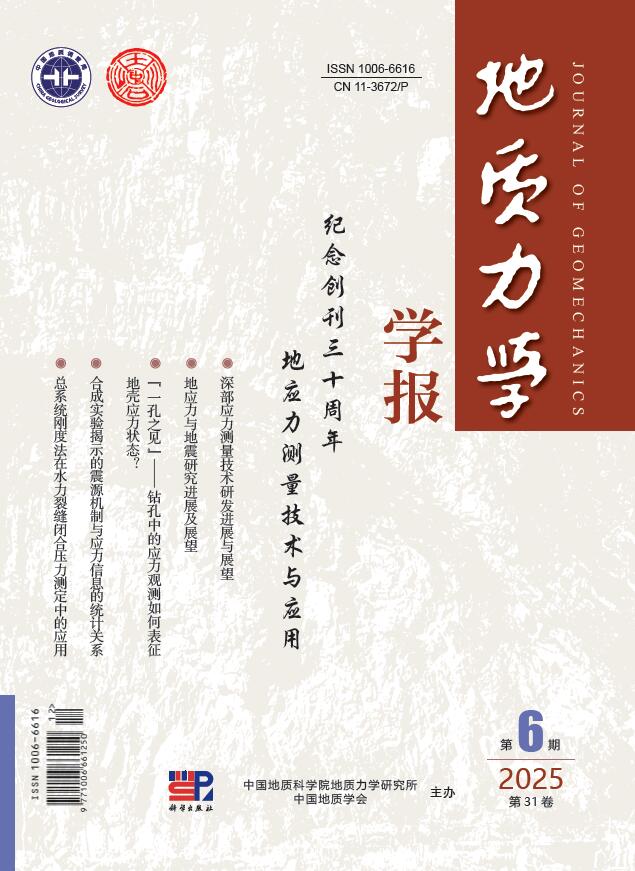Abstract:
The Chengdu plain westward to the Songpan-Ganzi fold belt is a transition zone from basin to plateau. The region has huge undulation and fall, strange and steep terrain, severe river undercutting and erosion, frequent tectonic activities, and strong internal and external dynamics, resulting in frequent earthquakes and numerous geological hazards. The article uses Sentinel-1A data covering the whole region and ALOS-2 data in key areas for InSAR technology processing, combined with GIS spatial analysis, early identification of active landslide disasters in the study area and exploration of spatial distribution patterns, supplemented by field surveys to support the following understanding. According to the inducing factors of the disaster, the areas where the disaster points are concentrated can be divided into three zones: disaster zones induced by reservoir storage, such as Maoergai Reservoir in Heishui County; disaster zones caused by broken mountains after the earthquake, such as the junction of Minjiang River and Heishui Gully in Maoxian County, the area from Wenchuan County to Li County, and the area from Jiuzhaigou County to Shijiba Town; disaster zones cause by essential rivers, such as Zhouqu County, Lazikou Town, Xiaojin County, and Danba County. The active landslides in the region are mainly distributed in metamorphic rocks such as phyllite and clastic rocks such as shale. The disasters are mainly distributed in the terrain with aspects of SE, E, NE, slope greater than 15°, elevation interval of 1000~3000 m, relative elevation difference greater than 1000 m, and curvature between −0.5~0.5. The disaster points are mainly close to the Minjiang fault, the Tazang fault, the Guanggaishan-Northern Dieshan fault, and the Maowen-Wenchuan fault zone. The combination of orbit-ascending and orbit-ascending data of Sentinel-1A increases the effective observation area to 73.41% of the total area. The ALOS-2 data are relatively better than the Sentinel-1A data in the western Sichuan plateau area. The coincidence rates of ALOS-2 and Sentinel-1A are 58.7% and 44.8%, respectively, in Jiuzhaigou and Maoxian, and the identified number of the former is 3.98 times and 1.39 times that of the latter.
LIU X H,YAO X,YANG B,et al.,2023. InSAR-based indentification and spatial distribution analysis of active landslides in the Western Sichuan Plateau[J]. Journal of Geomechanics,29(1):111−126. doi: 10.12090/j.issn.1006-6616.2022024.



